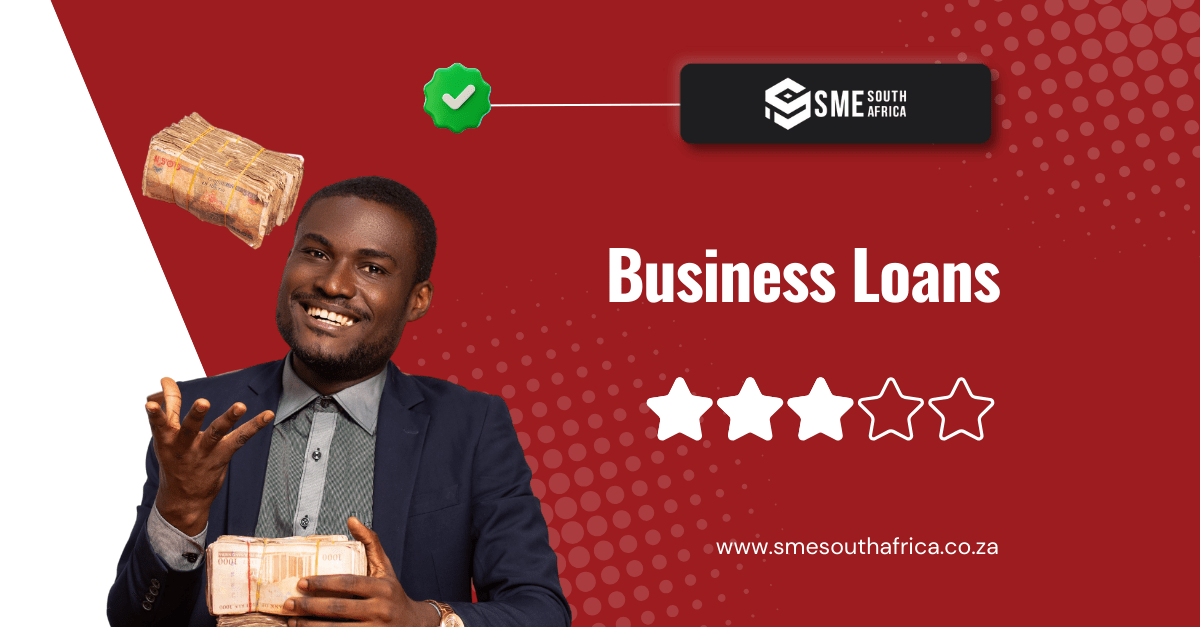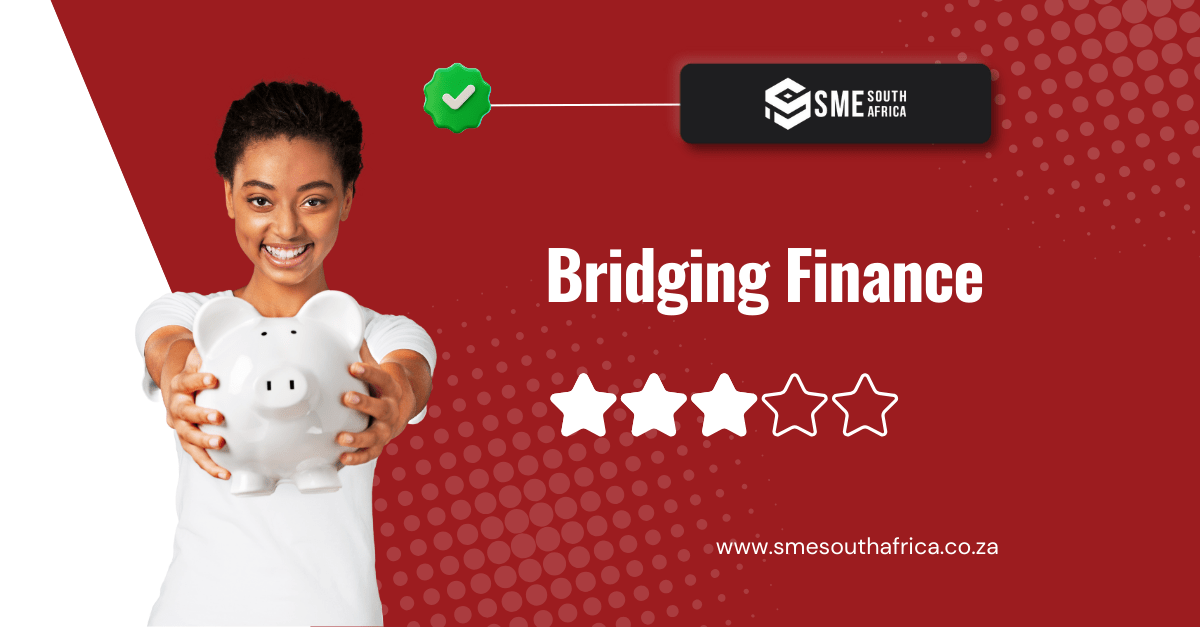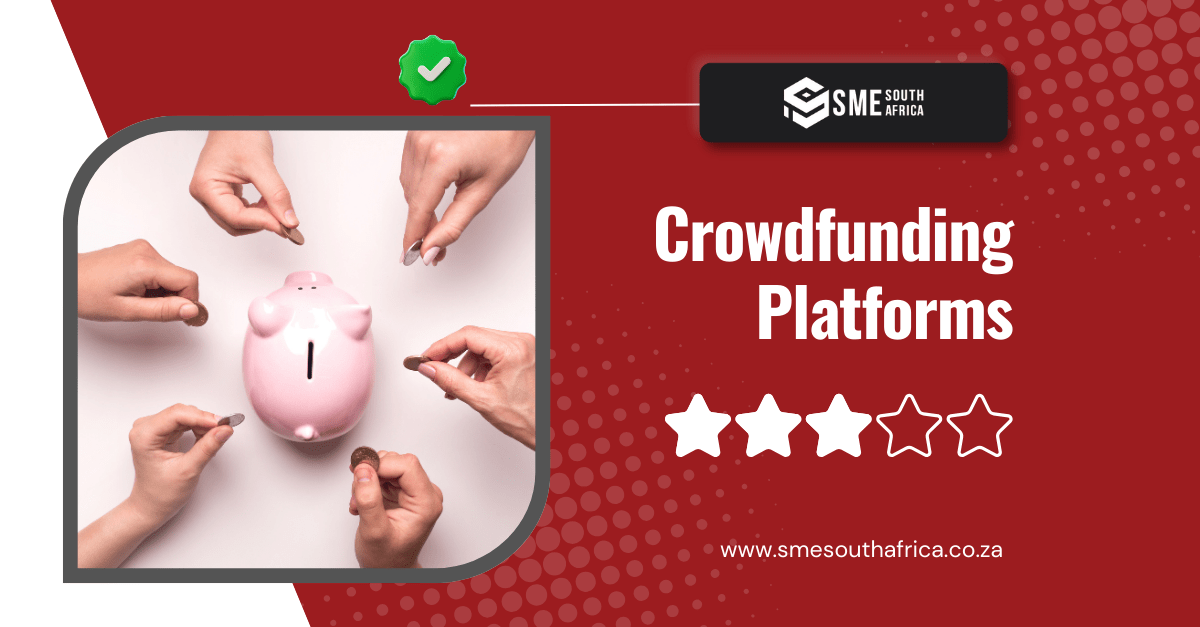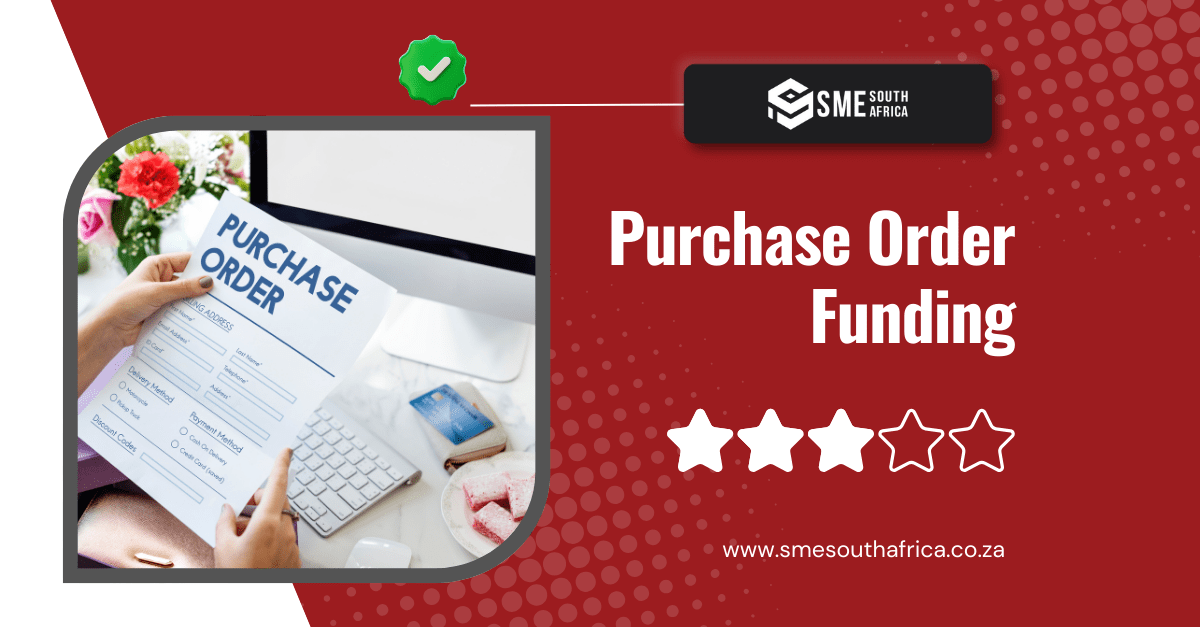
The retail sector plays an important role in building the South African economy. It contributes approximately 20% to the country’s GDP. However, this industry has become more intricate in recent years, indicating that the ones who survive have diversified revenue streams, clear operational visibility, and a proven appetite for growth. So says Brent Downard, Head of Credit at Merchant Capital.
Recently, the retail sector has seen a lot of positive growth. According to Trading Economics, the retail sector has reported a 7% year-on-year growth in January 2025, pointing to doubled growth. This highlights better confidence among consumers who are choosing convenience, flexibility, and businesses that can deliver across multiple touchpoints.
What’s significant about this is that the businesses in this sector that are looking for funding now have improved chances of getting their applications approved. In this instance, what’s good for business is good for funding applications.
Multiple Streams of Income Means More Fundable
“While revenue may open the door, funders look deeper,’ Downard said. “They want to know how that revenue is generated, and whether the model behind it can scale, adapt, and survive disruption. A single income stream might seem stable now, but true fundability lies in diversification, ingenuity, and the ability to create value in more than one way.”
Retail shops that have intentionally chosen to diversify their income streams mean that these stores don’t rely on one stream of sales alone. “Consider a local pet store and an example,” he explains. “On the surface, its revenue might rely on walk-in sales and predictable monthly dog food purchases. But add a grooming service, or a subscription-based online store, and the model shifts. Average spend increases. Customer stickiness improves. Operational overheads begin to scale more efficiently. The business hasn’t been reinvented, but it has been reimagined to be more dynamic, and ultimately, more attractive to funders.”
By using this kind of revenue model, your business is deemed viable because it isn’t just relying on a single trend that is exposed to volatile market conditions. When one kind of sale is low, the other might be there to fill or support it. Funders like this. It tells them that you have a reliable source of income that will help you pay back any loan you might borrow from a lender.
Downard highlights that it also matters in a market where customers expect more. “Many businesses overestimate what drives loyalty. While companies often focus on service delivery, customers are increasingly expecting personalised, seamless experiences across all channels. That requires not only operational maturity but also new ways of engaging and selling.
“From a funding perspective, this model signals scalability. It tells us your business is structured to grow efficiently, without needing to triple your base infrastructure. However, what many SMEs underestimate is how much this impacts their fundability. Key ways to secure funding go beyond your organisation’s latest turnover figures; it is built on patterns, consistent growth, and multiple income streams.”
Downard shares that funders also look for strong cash flow management, well-controlled overheads, responsible debt levels, and efficient stock management. “These factors give funders confidence that your operation is not only growing but also well run and financially resilient.”
The Trouble with Funding
Funding can be a powerful enabler. It allows businesses to scale and grow, but funders also need to protect their investment. The best way to do this is to conduct their due diligence, ensuring that they lend money to individuals who will be able to pay back the loan, as well as being able to manage the funds they receive wisely. This ties into being funding-ready.
“The role of a funder is to make that capital accessible, fast, and flexible so that the SME can keep building with confidence,” he concluded.
Entrepreneurs in the retail sector need to be creative and see how they may expand their streams of income. This can include opening an online store (if you are not already operating one), as well as wider product offerings. A takeaway coffee shop can include selling reusable travel mugs or biscuits. The most important thing is that there is a related connection between the various offerings that improve the lives of your customers.












